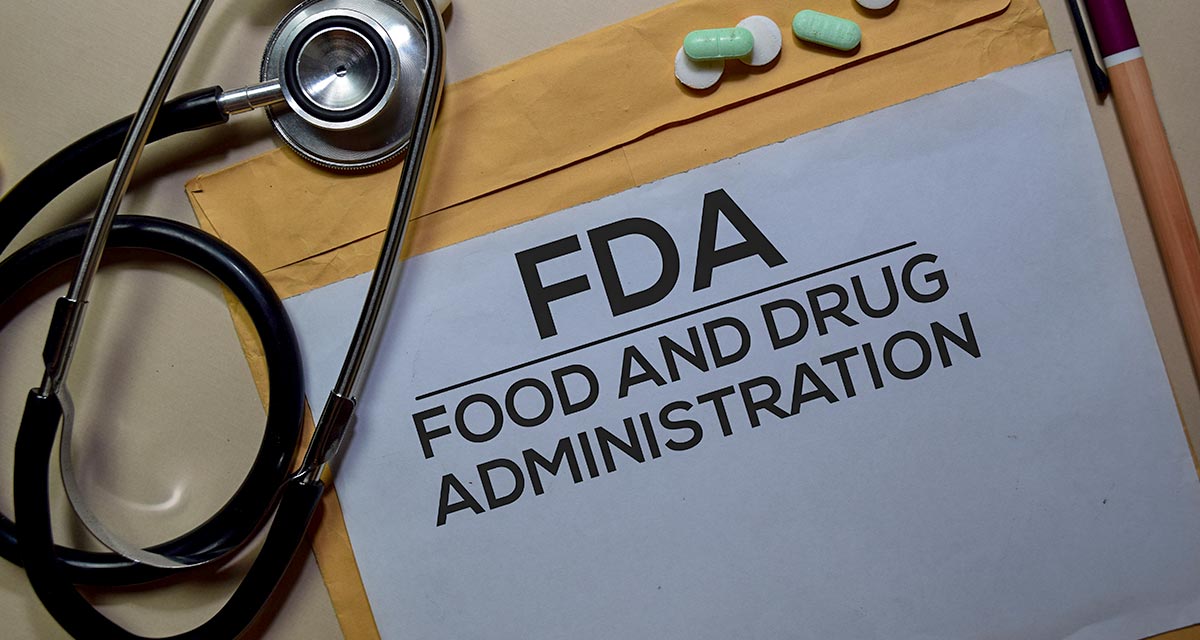The FDA is always looking for entry points into your documentation to highlight potential issues that you might have. Examples can include your deviations, so they’ll look at logbooks to see where your problems are. They’ll look at your change control logs and whether or not these are being appropriately reviewed and whether they’re being closed out. They’ll look at your investigations to see whether they’re being thoroughly thought through and whether they are using a risk management approach. They’ll look at what tools you’re using to elucidate root causes.
CAPAs will be another key quality management element that will be heavily scrutinized to assure that corrective actions and preventive actions are indeed working. They will also note whether or not these are being completed and closed out in a timely manner.
Training logs and training records will be another area for heavy scrutiny and will be a marker to indicate how committed the company is to assuring staff are properly and appropriately trained in their respective job functions and in the understanding of GMP requirements.
Calibration and maintenance records for equipment could also be another potential exposure point which would cast a deep impression as to how the facility and equipment is being cared for and used.
So, a great strategy will include knowing your exposure points and either eliminating or at least minimizing these. It’s important to be able to answer specific questions in a concise manner that do not open the door of ambiguity and/or cause additional questions. A great strategy is one that has subject matter experts answering questions candidly, confidently and honestly.
To achieve these points, it’s important to hold practice sessions and to drill everything that could come up in an inspection and to especially take into account your historical database. Identify all the points of weakness and then prioritize a with the most critical to be acted on first.
When it comes to investigations the individual groups that wrote the investigations should be the people that address the relevant questions rather than management, since they would not have been involved and would not be able to provide the best answers.
In terms of developmental questions, those supporting staff that may develop the product or system are better qualified to give a representative answer. So, these people should be the focus in order to give successful responses.
In terms of basic concepts, all company staff should understand the regulatory obligations to the Food and Drug Administration to ensure the maintenance of the current operating culture. This will be important in terms of setting the correct tone and atmosphere during the inspection. With confidence comes respect!
In terms of practical tips: the receptionist or security guard need to be briefed to contact the appropriate person within the company to receive/accept the FDA’s form 482 upon arrival. This should be the site quality head.
Once the inspection starts, it’s important to have all aspects professionally facilitated using techniques that have been practiced and drilled. This is true for any regulatory agency, not just the FDA.
Some simple things which help to ensure success include but are not limited to:
- Ensuring that all document requests are fulfilled within 20 to 30 minutes of the question being asked by the FDA inspectors
- Avoiding refusal to provide documents will prevent unnecessary tensions that might lead to an adversarial environment/atmosphere being created.
- If records can be made in electronic format, then this will make document retrieval and review much faster and will enable appropriate material to be reviewed as requested by the FDA inspectors in a more timely manner.
- Should the FDA inspectors want to take documents away to review during off-site hours, then they should be made available on either CD – R or memory stick that have been appropriately challenged to ensure that there are no data integrity issues.
Provided these simple steps are followed, the likelihood of a positive outcome during your FDA inspection is greatly enhanced. Remember, keeping things simple and well organized is a foundation to successfully navigating the inspection process.




